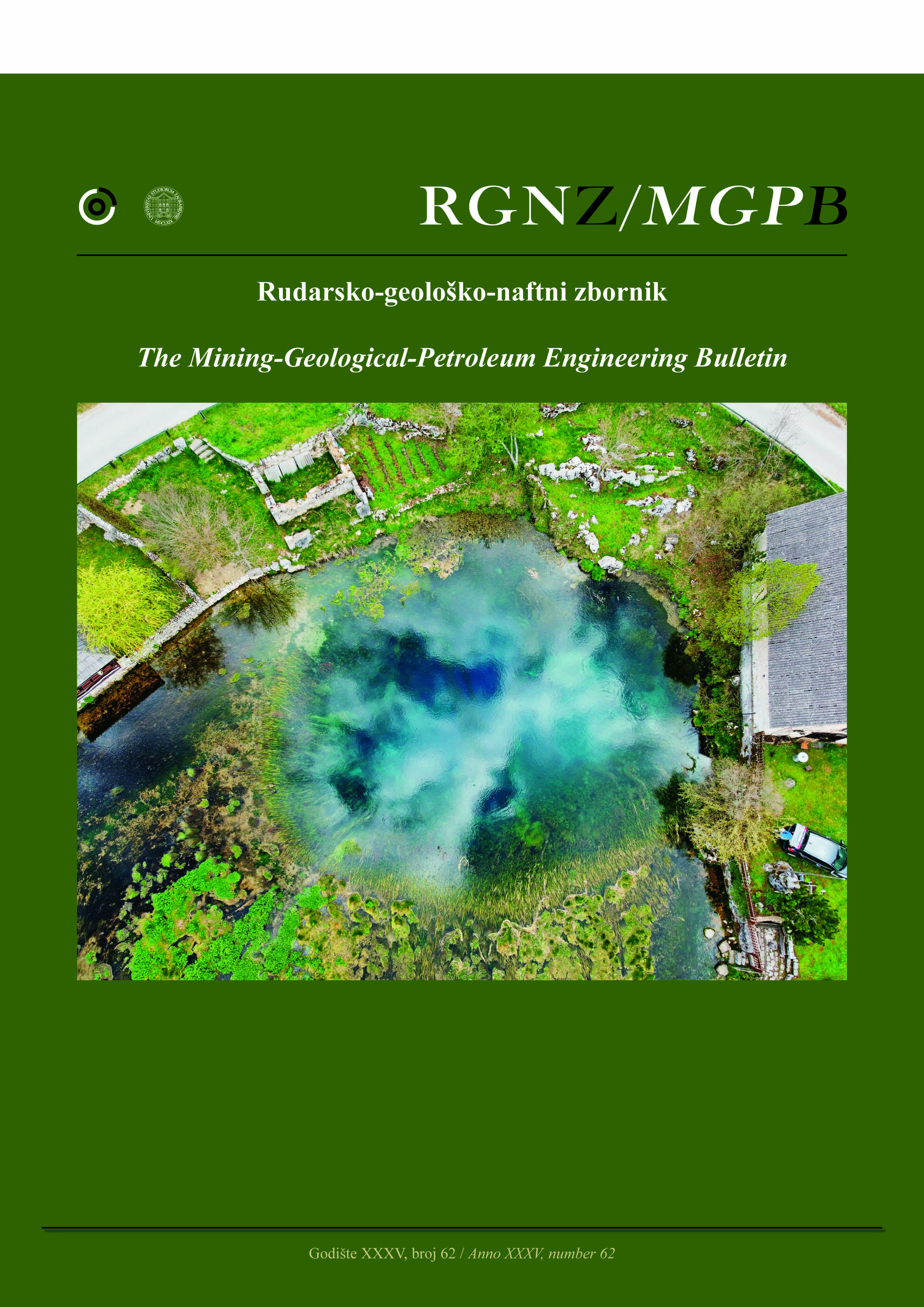Preliminary Petromagnetic Study of 1849, 1926, 1963, 1968 and 1974 Surface Lavas from Batur Volcano, Bali, Indonesia: Insight on the Magmatic Process of Source and Rock Magnetic Nature
DOI:
https://doi.org/10.17794/rgn.2023.1.3Keywords:
Batur Volcano, magmatism, petrogenesis, rock magnetism, BaliAbstract
Geochemical and petrographic characterizations were carried out on five episodic effusive eruptions from Batur Volcano on the Island of Bali, Indonesia, and revealed that these lavas are basaltic to andesitic in composition. Various micro-textures were identified, reflecting pre-eruptive magmatic processes, magma mixing, and adiabatic decompression. Apart from XRF analyses, the five lava flows (L849, L926, L963, L968 and L974) were subjected to magnetic analyses in the form of magnetic susceptibility and magnetic hysteresis measurements. The presence of cyclicity in the magmatic process is suggested by the variation of micro-texture types, CaO content, and magnetic susceptibility values. Two possible models of this cyclicity are presented. In the first model, cyclicity is driven by the variation of influx from the lower magma chamber that affects the interaction of magma with the surrounding rocks. In the second model, cyclicity is affected by the appearance of a new magmatic vent, which causes intense interaction with surrounding rocks. This study infers that combined micro-texture, composition, and magnetic susceptibility analyses might provide insight into the cyclicity of lava episodes observed in active volcanos such as Batur.
Downloads
Published
How to Cite
Issue
Section
License
Copyright (c) 2022 authors

This work is licensed under a Creative Commons Attribution 4.0 International License.
Creative Commons-BY
Authors who publish with this journal agree to the following terms:
In agreeing this form, you certify that:
- You read the ethical codex of the RGN zbornik available at journal web.
- You submitted work is your original work, and has not previously been published and does not include any form of plagiarism.
- You own copyright in the submitted work, and are therefore permitted to assign the licence to publish to RGN zbornik.
- Your submitted work contains no violation of any existing copyright or other third party right or any material of an obscene, libellous or otherwise unlawful nature.
- You have obtained permission for and acknowledged the source of any illustrations, diagrams or other material included in the work of which you are not the copyright owner.
- You have taken due care to ensure the accuracy of the work, and that, to the best of your knowledge, there are no false statements made within it.
- All co-authors of this submitted work are aware of, and in agreement with, the terms of this licence and that the submitted manuscript has been approved by these authors.
Publication licence
You retain copyright in your submitted work, according to journal license policy (CC-BY). By signing this form you agree that RGN zbornik may publish it under the publication licence. In summary the licence allows the following:
Anyone is free:
- To copy, distribute, display, and perform the work.
- To make derivative works.
Under the following conditions:
- The original author must always be given credit.
- The work may not be used for commercial purposes.
- If the work is altered, transformed, or built upon, the resulting work may only be distributed under a licence identical to this one.
Exceptions to the licence
In addition to publishing the work printed under the above licence, RGN zbornik will also enable the work to be visible online.
The journal editorial can change the licence rules anytime but it cannot retroactively restrict author(s) rights.


